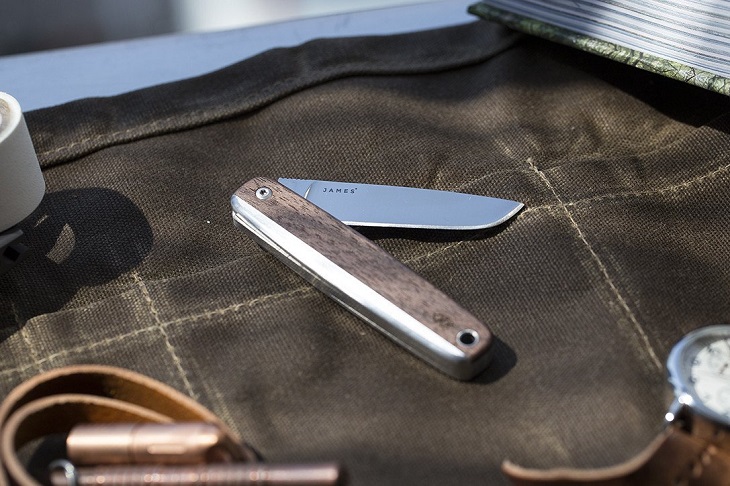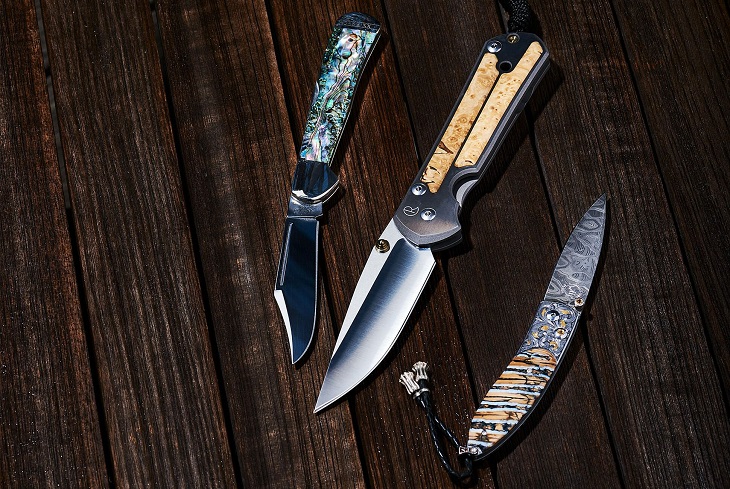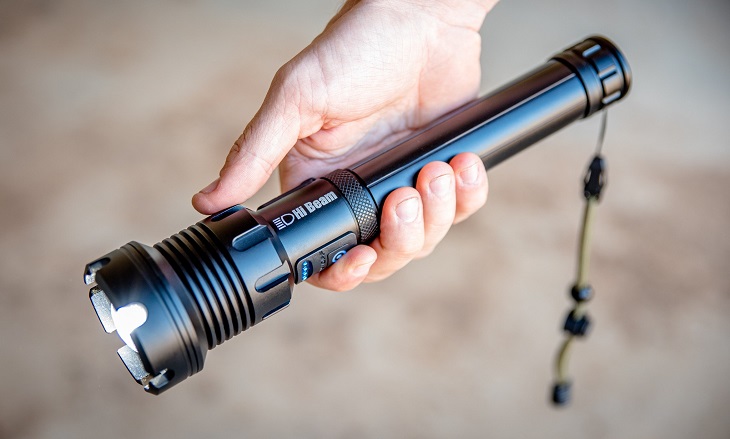27
Oct

You know how you’re always enthusiastic about going on another adventure in the great outdoors? As you ecstatically pack your bags in preparation, you can already feel the serenity that mother nature is about to bring upon you. Imagine it for a second – the soft breeze on your cheeks, the calming sounds of the nearby river, the lush greenery all around you. You always know how to have a blast while camping and you’ll never get tired of it.
But see, as exciting as that is, it comes with its own challenges. Since you’re out in a remote area, you need to carry all of your essentials with you to ensure a safe and pleasant trip. And let’s say you think you’re all set, you arrive at the camping site and you start setting up your tent. As you’re going about your business, the realization dawns on you – you didn’t pack a pocket knife. Mainly because you don’t have one. Sure, you forgot all about it in the packing frenzy, but you don’t even own one to begin with. What gives? To avoid such uncomfortable situations in the future, we’ll be giving you a brief rundown on all the basics of practical folding knives Australia outdoor enthusiasts recommend. Let’s get going then.

Source: gallantry.com
While carrying knives, in general, is illegal in most Aussie states, including New South Wales and Victoria, folding knives are an exception to this rule. In other words, if you want a folding knife in your pocket during your next big outing, you’re totally allowed to have one. But for those of you that are more cautious, you can check in with your local government to make sure you abide by all regulations.

Source: gearpatrol.com
With that out of the way, we’ll be listing the three basic types of outdoor folding knives that are available for purchase. Each one is special in its own way and can benefit you in many different areas of your camping experience. Without further ado, let’s see what we have in store.
This type is most suitable for push cuts because they give you more control and you end up with a smoother edge as the finished product. The range of motion involves moving forwards and backwards to cut a straight line. This makes plain knives perfect for skinning and shaving animals. Plus, they’re pretty easy to sharpen by yourself so you won’t have to send them to a professional. However, due to their specific build, plain knives aren’t recommended for cutting wood or rope.
Fully serrated knives have little cuts along the blade itself which makes them perfect for cutting across tougher materials. This is because serrations are able to grip onto the surface material much easier and create cuts and tears more quickly.
Unfortunately, fully serrated models are a little difficult to handle and require more strength to cut through. Moreover, once they become dull, you’ll have to take them to a professional for sharpening because you won’t be able to do it yourself.
You don’t want to choose either plain or fully serrated knives? No problem, you can have the best of both worlds by getting a partially serrated knife. Essentially, the blade itself is split halfway – 50% of it is plain while the other 50% is serrated. This is what makes the partially serrated model quite versatile and convenient for everyday use. No wonder this is the most popular type of folding knives Australia wide.

Source: hi-beam.com.au
Apart from folding pocket knives, you’ll need a few other handy accessories to get the most out of your outing in nature. Here’s a quick list of all the essentials.
Why should you cut down on the outdoor fun just because it’s starting to get dark? Then again, it’s no fun trying to find your way around in nature when it’s pitch black all around you. So what are you supposed to do? Light a fire? Sure, but what happens when you have to move to a different location? Do you light another one? Definitely not, it’s too big of a hassle. Oh yes, there’s one thing that’s quite useful in this scenario – getting a durable LED torch to illuminate your path.
These days, there are many different models of LED torches out there. If you’re looking for something more subtle and compact, then penlights are your best bet since they closely resemble, well, a pen. This means that you can easily store your torch in your pocket without the extra bulk. When you’re already carrying lots of heavy camping gear, this can make a huge difference in how you handle things. On the other hand, if you want something with a more secure grip, then you should check out tactical torches. Despite the fact that they’re primarily designed to cater to the needs of preppers and survivalists, they can be bought by anyone that finds them suitable and convenient enough for use.
One key thing to consider when buying an LED torch is the battery life. Seeing as you’ll be in an off-the-grid area, you probably won’t have access to electricity. For this reason, you need to have an extra pack of batteries or a power bank so that you can recharge your torch when it runs out of juice.
You know those boy scout days when they taught everyone how to find their way around in nature? While all that’s great, very few people actually remember what they were told to do. But luckily for all of us, we don’t have to tire our brains out with those details since we can just whip out or GPS navigation device that will tell us exactly where to go. Nowadays, there are pre-installed navigation apps on your phone so you don’t have to splurge on a shiny new device for that purpose.
Last but not least, given the fact that you’ll be in a location where immediate medical attention isn’t readily available, you’ll have to pack a first aid kit that will help you deal with potential accidents. Even if you need further medical attention afterwards, at least you’ll try to minimise the damage as much as possible until first responders reach you. After all, it’s better to be safe than sorry.